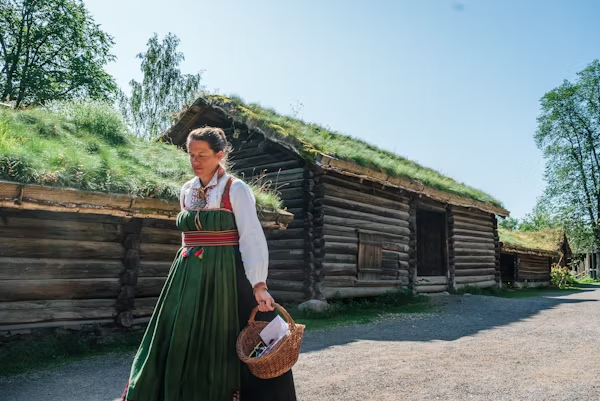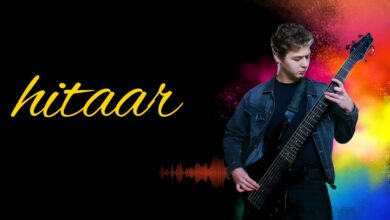Sodziu: Embracing Lithuania’s Rural Soul and Cultural Identity

The Lithuanian term sodziu represents more than just a countryside village—it symbolizes a way of life. In today’s fast-paced world, the essence of sodziu speaks to those seeking simplicity, peace, and cultural authenticity. Rooted in traditional values, nature, and community, sodziu has become a meaningful term that captures the spirit of Lithuanian rural living.
Whether you’re exploring heritage travel, connecting with ancestral roots, or simply curious about Baltic culture, understanding sodziu offers a deep look into the Lithuanian identity. This article breaks down its history, lifestyle, traditions, and modern relevance.
Understanding the Word Sodziu
In literal translation, sodziu refers to a Lithuanian village or rural settlement. But in cultural terms, it evokes imagery of wooden houses, garden plots, family farms, local churches, and community gatherings. These small communities have long been the backbone of Lithuanian heritage.
For centuries, sodziu life was shaped by the land. Generations grew crops, raised animals, celebrated folk festivals, and upheld customs that were passed down through oral storytelling and daily practice. Every sodziu had its unique dialect, architecture, and personality—creating a diverse yet connected cultural fabric across the country.
The Lifestyle of a Traditional Sodziu
Living in a sodziu meant following the rhythm of the seasons. Spring brought planting; summer required hard labor in the fields; autumn celebrated harvest; and winter gave time for rest, stories, and crafts. This cyclical life taught patience, gratitude, and respect for nature.
Key aspects of sodziu lifestyle include:
-
Self-sustainability: Families produced most of what they consumed—vegetables, dairy, meat, and clothing.
-
Craftsmanship: Carpentry, weaving, blacksmithing, and other manual skills were integral.
-
Community support: Neighbors helped during harvest, barn raisings, and festivals.
-
Oral tradition: Songs, riddles, tales, and proverbs were common around the hearth.
The sodziu way wasn’t always easy, but it offered a deep sense of connection—to the land, to others, and to history.
Sodziu as a Symbol of National Identity
Lithuania’s struggle for independence, especially during occupations and Soviet rule, made the sodziu more than just a location—it became a symbol of national identity and resistance. Rural areas preserved language, Catholic traditions, and folk customs when cities were under pressure to conform to foreign influence.
Folk songs, traditional dances, and embroidered costumes seen in Lithuanian cultural festivals often trace their origins to these villages. In many ways, sodziu served as the cultural stronghold of the Lithuanian spirit.
The Architecture and Landscape of a Sodziu
A typical sodziu village is both functional and picturesque. Houses are often built with local wood, showcasing natural textures and detailed carvings. Many homes have large yards with gardens, wells, and small animal shelters. A village church or chapel often forms the central gathering place.
The surrounding landscape includes meadows, forests, lakes, and rivers, making sodziu life closely tied to the environment. Even today, these areas are considered ideal for eco-tourism and rural getaways.
Modern Revival of the Sodziu Lifestyle
In recent years, Lithuania has seen a revival of interest in sodziu culture. Younger generations, especially those working remotely or seeking more meaningful lifestyles, are moving back to villages or purchasing abandoned rural homes to renovate.
Several factors are fueling this return:
-
Digital flexibility: Remote work allows people to live outside cities.
-
Cultural pride: People want to reconnect with their roots.
-
Health and sustainability: Organic farming, clean air, and a slower pace are increasingly valued.
-
Tourism: Many travelers seek authentic rural experiences in traditional sodziu settings.
From Airbnb rentals to cultural festivals, the sodziu is becoming both a lifestyle and a movement.
Sodziu in Lithuanian Literature and Art
The theme of sodziu is deeply embedded in Lithuanian literature, poetry, and visual arts. Writers like Žemaitė, Vincas Krėvė, and Jonas Biliūnas portrayed the emotional depth, struggles, and moral values of sodziu life in their works.
Folk artists still create wood carvings, woven textiles, and ceramics inspired by rural traditions. Even modern musicians incorporate sodziu-inspired instruments and melodies into their songs.
This strong artistic representation ensures that sodziu remains alive—not just in physical space, but also in imagination and collective memory.
Challenges Facing the Sodziu Today
Despite its charm and importance, the sodziu lifestyle faces challenges:
-
Aging population: Many villages are inhabited by elderly residents.
-
Urban migration: Younger people often leave for better job opportunities.
-
Infrastructure gaps: Internet, healthcare, and schools may be limited in rural areas.
However, various government programs and NGOs are working to revive village life, promote rural tourism, and support cultural preservation projects in communities.
Conclusion: Why the World Needs Sodziu
The world is moving faster than ever, but in the quiet fields and forests of Lithuania, life remains a beacon of balance, authenticity, and tradition. It reminds us of the value of human connection, slow living, and cultural continuity.
As more people search for meaning beyond screens and schedules, the sodziu lifestyle offers a return to roots—a grounding reminder that simpler doesn’t mean lesser. On the contrary, teaches that true richness lies in community, purpose, and living in harmony with the world around us.




